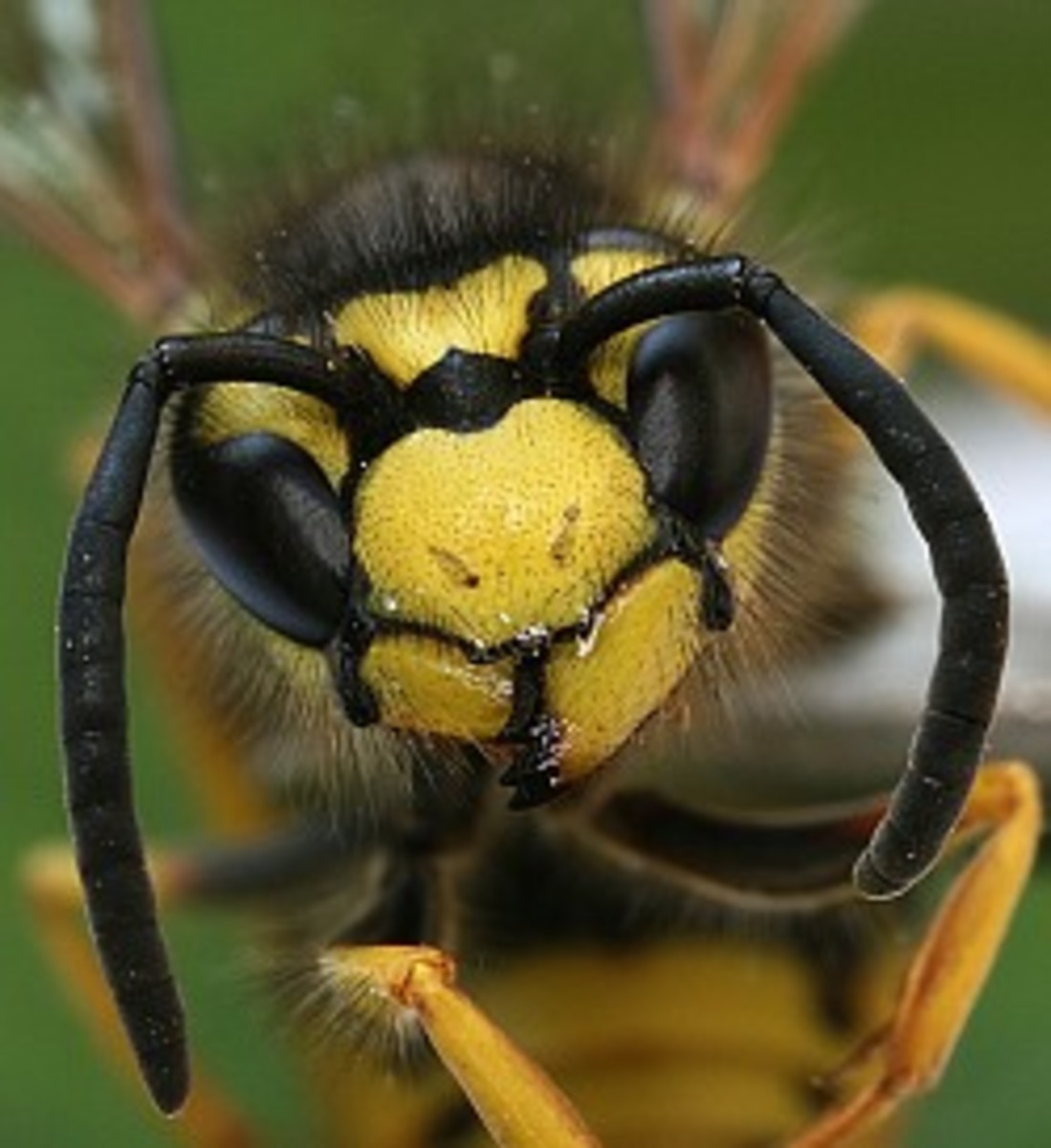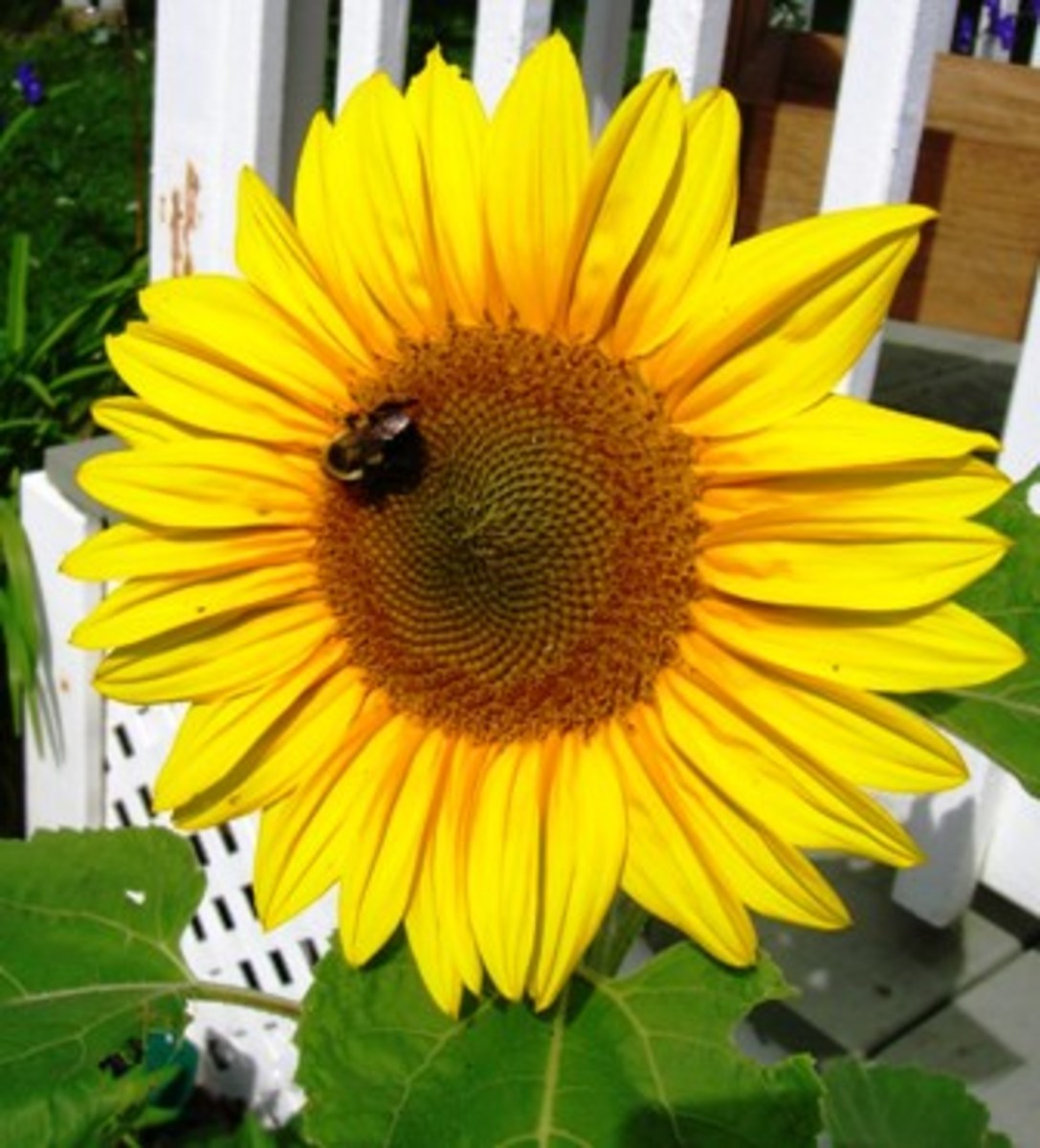10 Bizarre Ways Humans Use Insects
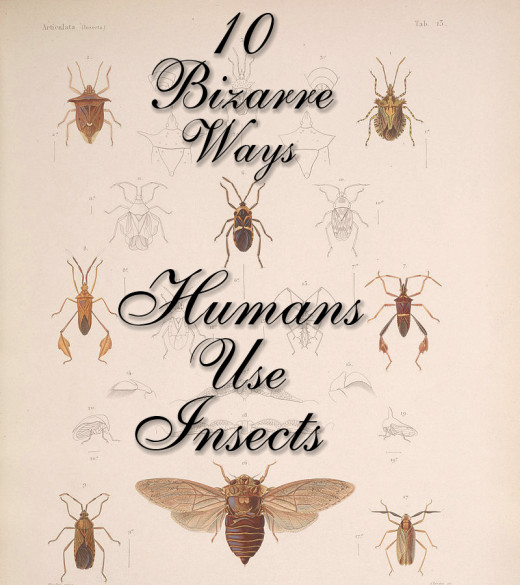
Since humanity took its first tentative steps towards civilization humans have developed a complex relationship with the myriad of insects species we share the planet with.
We’ve used insects in the creation of jewelry, as a food source and as the stuff of nightmares. We’ve set up hives to exploit bees for their honey and bred worms for their silk. Most of us have even battled insects in bathtubs and on picnic blankets the world over.
Our multi-legged friends have spawned industries, spurred on scientific discovery, inspired engineers and scared many of us half to death by suddeningly appearing from underneath a fridge.
It’s little wonder then that throughout history insects have found themselves entangled in some bizarre human situations. Either by accident or design creepy crawlies have been used by humanity in a variety of strange and unexpected ways.
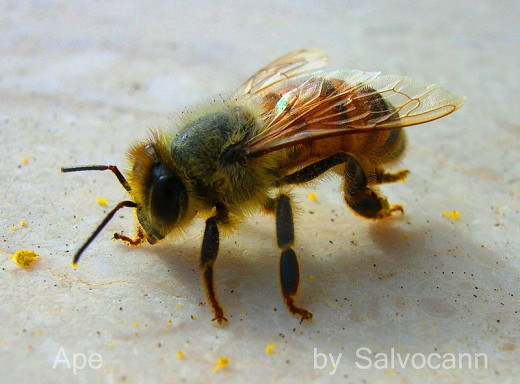
1. Bees and Warfare
Throughout history the hard working bee has been dragged into numerous human conflicts.
On the occasion of her husband’s funeral, Olga of Kiev (ruler of the Kieven Rus’ Empire) slaughtered 5,000 of the Drevlian tribe; the group responsible for her husband's murder.The Kieven Rus’ managed to slay so many because Olga had convinced the Drevlians to get drunk on mead: an alcoholic drink made from honey.

In 67 BC an invading Roman army entering present day Turkey were beset by enticing beehives filled with golden honey. The hungry soldiers gobbled up the bees’ bounty unaware they were ingesting “Mad Honey” a potent intoxicant that had been strategically placed by the native army.
The incapacitated Romans were promptly slain after the hallucinogenic effects of the honey had taken hold.
In the 11th century English forces, facing certain defeat, were ordered to fire beehives into the Duke Of Lorraine’s advancing army. Faced with the constraint stings of the enraged bees the Duke’s forces abandoned their assault.
This strategy worked so well that the English eventually developed a war machine with rotating arms that was capable of hurling straw hives great distances.
2 Spanish fly - The Poisonous Love Bug.
The unusually named Spanish fly, unusual because the insect is a beetle not a fly and isn’t found in Spain, is a legendary aphrodisiac that has been used for centuries.
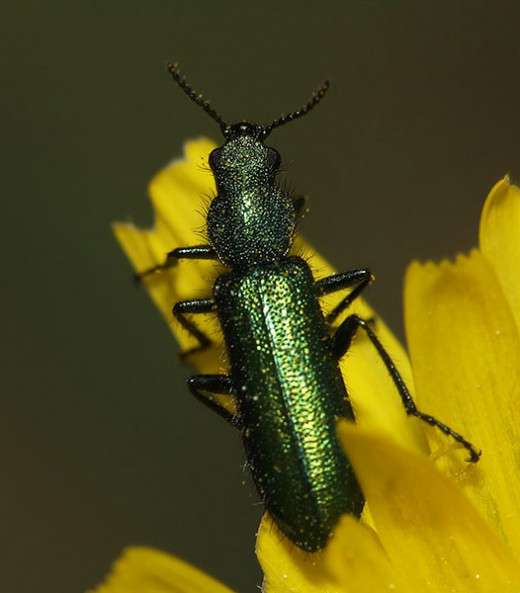
The story goes that the scheming wife of the Roman Emperor Augustus Caesar would slip the ground beetle into drinks in an effort to incite indiscretions from royal guests that could be later used as blackmail.
The French aristocrat and libertine Marquis De Sade, gave prostitutes Spanish Fly laced candies in an effort to increase sexual pleasure. Instead of creating a lascivious atmosphere the candies actually made the women sick and led to De Sade being convicted of poisoning.
Spanish Fly (in what must be the definition of Irony) has a dual historical use as an aphrodisiac and as an abortifacient. Despite its sensual reputation Spanish Fly is highly toxic and can even be lethal in large doses.
In 1930 a list of common self-abortion techniques was drawn up, listing Spanish Fly as a common ingredient in potions designed to induce miscarriage.
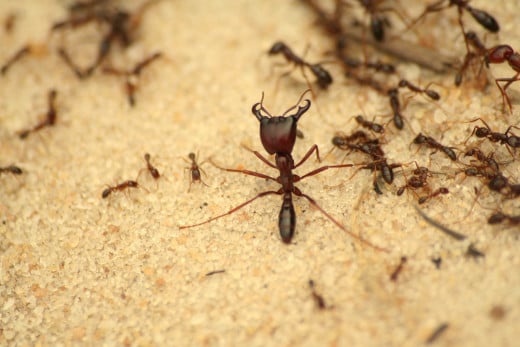
3. Ants as stitches
As it turns out in the neolithic period staples weren’t all that easy to come by so anyone hoping to close a wound would have to get creative. Evidence suggests that in parts of India and South Africa people used the heads of ants as rudimentary stitches.
They would press their cut skin together and have an army ant, a breed of ant that possess incredibly strong pincers, bite the wound closed.
The evidence surrounding this practice isn’t by any means conclusive but that hasn’t stopped a slew of amatuer survivalists trying out this supposed ancient practice themselves.
Putting a non-sterilized ant anywhere near a wound isn’t the smartest move as there is an ever present risk of infection.
Still the tough guy cred earned from closing a wound with an ant is probably worth the medical complications...probably.
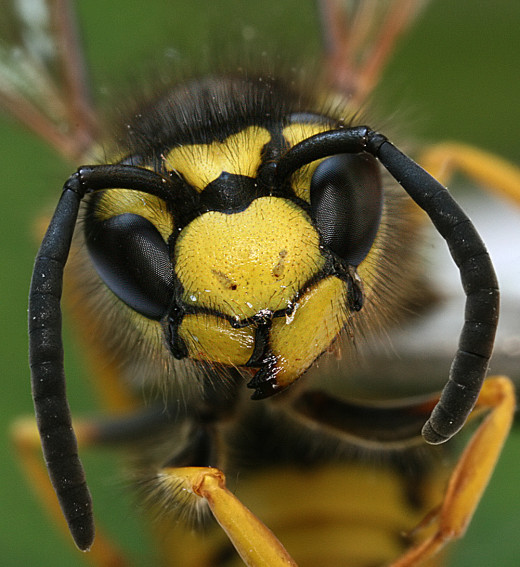
4. Wasps’ role in wine production
Compared to their lovable cousins: the honey bee, wasps are often reviled and feared for their painful stings. However the wasp’s reputation as an aggressive pest is ill-founded. Sure they don’t produce honey like the spotlight stealing bee but some wasps, specifically European Hornets and Paper Wasps, are crucial in producing the unique flavor in wine.
Wasps carry in their guts a yeast called Saccharomyces Cerevisiae or Brewer’s Yeast; an essential ingredient in Wine, Beer and bread production.
When Wasps bite into grapes they leave a bit of this yeast behind which kick starts the fermentation process.

Brewers can always add yeast later of course but the naturally added wasp yeast gives the wine its particular flavor.
Although not fully understood until recently, the link between wasps and wine production has been known since the time of the Roman Empire.
Wine producers would plant flowers near their vines in the hope of attracting some of the insects to their grapes.
5. Worm bacteria from the angels
The two day Battle of Shiloh, one of the bloodiest battles of the American Civil War, produced 23,000 casualties.
In unimaginable pain and hypodermic the soldiers waited two days for medics to arrive. These Johnny-come-lately medics noticed an eerie blue glow emitting from some of the soldiers’ wounds.

The strange phenomenon was dubbed The Angel’s Glow, as it was noted that those with glowing wounds had a better survival rate than those with non-glowing wounds.
Unfortunately for the romantic inside us the luminosity wasn’t caused by Angels but instead caused by a bacteria called photorhabdus luminescens. This bacteria is only found in one place: inside the stomach of a microscopic worm called heterorhabditis bacteriophora.
This worm contaminated the wounds of Shiloh casualties and then regurgitated the glowing bacteria. Behavior that is probably as far from angelic as you can get.
The bacteria acted as a powerful antibiotic protecting the contaminated soldiers from blood poisoning.

6. Spider Silk Extraction
Although spider silk has always been admired for its beauty and strength, to date only a handful of items exist in the world spun entirely from the material.
Attempts at spider farms often result in a lot of spiders having their heads bitten off by their territorial brethren.
One garment spun entirely from spider silk took the silk of over 1 million spiders to create. The project relied on a purpose built machine made to extract the spiders’ silk.
Incredibly this machine was based on a design by a French monk who built his own silk extraction machine in 1890.
Jacob Paul Camboué worked with spiders in Madagascar in the 1880s through to the 1890s. His small, hand powered machined extracted the silk from up to 24 spiders at a time.
What was really impressive is that the missionary’s machine didn’t harm the spiders during the extraction process.
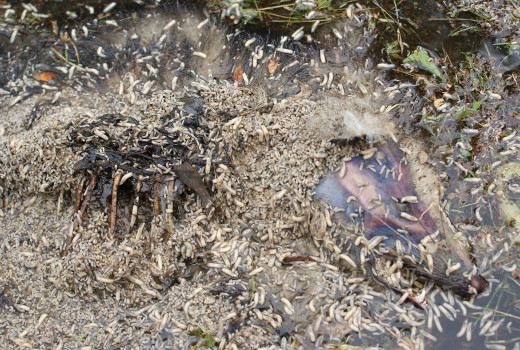
7. The Long and Ongoing Role of Maggots in Medicine
Before the discovery of penicillin, maggots were often used in the treatment of severe wounds. It’s a practice that dates back to the beginning of civilization.
Evidence suggests that maggot therapy was practiced by the Mayans, by Hill tribes in Burma and by the aboriginal Ngemba tribe of New South Wales.
From 1929 maggot therapy was used in hospitals as a treatment for osteomyelitis; an infection or inflammation of bone or bone marrow.
With the widespread production of penicillin beginning in earnest after 1944 maggot therapy fell out of favour. Much to the relief of many physicians who found the practice distasteful.
However in recent times the therapy as begun to make a comeback. Doctors have introduced fly larvae to some wounds that have become resistant to conventional forms of antibiotics.
In some clinical trials maggot therapy has been shown to be an ideal treatment against antibiotic resistant infections like MRSA.
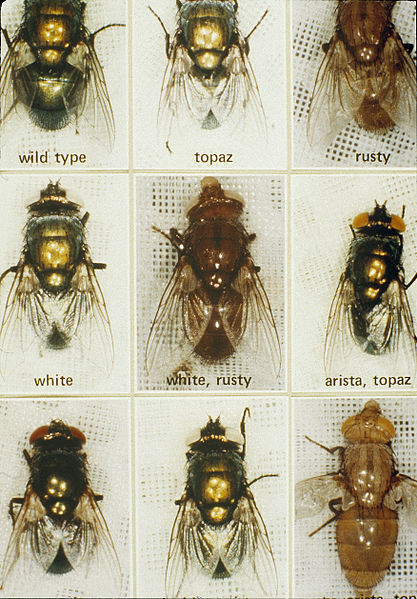
8. CSI Blowflies
Disgusting as the thought certainly is, the writhing mass of insect larvae, particularly blowfly larvae, found on corpses can be instrumental in solving murders.
Blowflies are integral to a body's natural decaying process. They usually reach a newly dead corpse within minutes. Forensic entomologists can then determine the time of death by observing what stage the blowflies larvae has reached.
After several days worth of decomposition, traditional forensic techniques become increasingly difficult which is when the fly larvae become integral to investigations.
In England, Clinton Bailey was convicted of murdering his Girlfriend in 2010. The Fly larva found on Bailey’s victim helped determine the time of death which was a crucial piece of evidence that led to his eventual conviction.
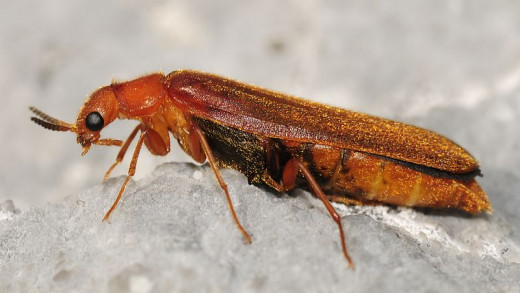
9. Dermestids and Museum Skeletons
Ever wondered how all the flesh is removed from the skeletons on display in museums? Maybe the specimens are just found stripped? Maybe a series of chemicals dissolve the organic matter? Perhaps it's the diligent work of museum employees?
Some museums actually use hundreds of flesh eating beetles called dermestids to strip the flesh from their future displays.
The Field Museum in Chicago for instance, has a special room devoted to the hungry beetles. These beetles are safely stored away from museum patrons and given newly deceased creatures to chomp down on.
The dermestidae beetles are especially good at stripping flesh while leaving the entire skeleton of the unfortunate animal unharmed.
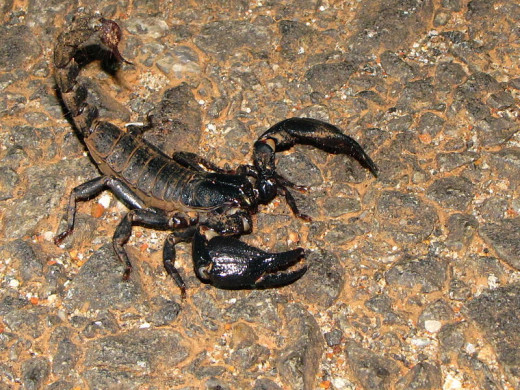
10. Scorpion’s as a recreational drug
In 2006 a man being treated in an Indian hospital admitted to staff that he routinely allowed scorpions to sting him in order to relieve the symptoms of heroin withdrawal.
The man told hospital staff that after being stung he felt an instant pleasurable effect that would leave him relaxed for hours.
This unconventional form of drug abuse looks to have caught on with some young Indians.
The stings of scorpions are plucked from the arachnids, dried and added to marijuana to create a more potent high.
This bizarre obsession with scorpions isn’t restricted to India. An Iraqi farmer claims to eat live scorpions everyday. Going as far to claim that if he goes without his eight-legged treat he suffers from withdrawal symptoms.
As insane as these stories sound these scorpion enthusiasts may have stumbled on one of nature's untapped medicines.
A growing body of research has linked scorpion venom to pain relief and as a possible new avenue in cancer treatment.

